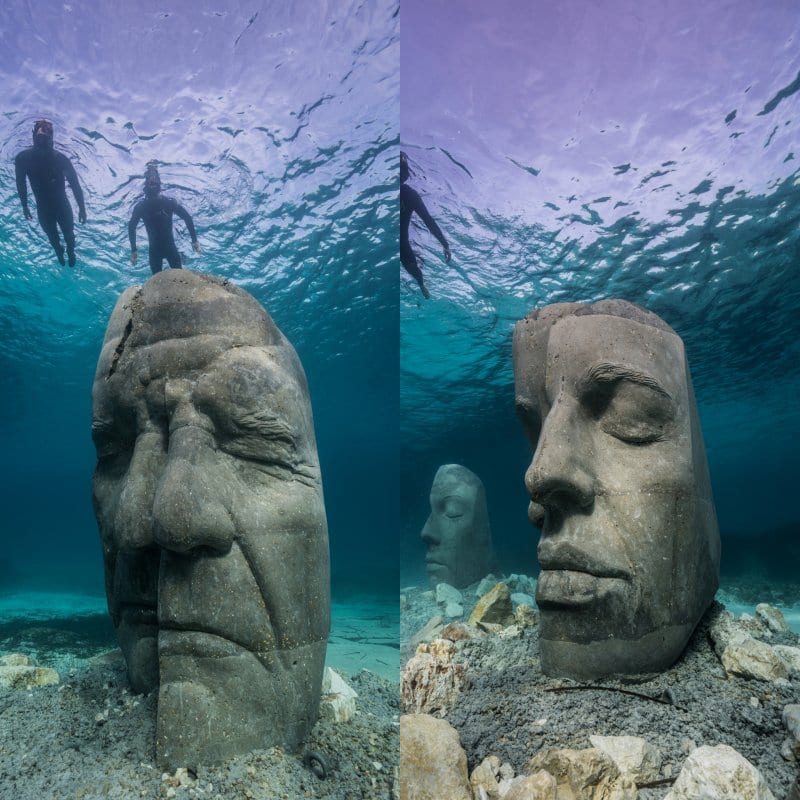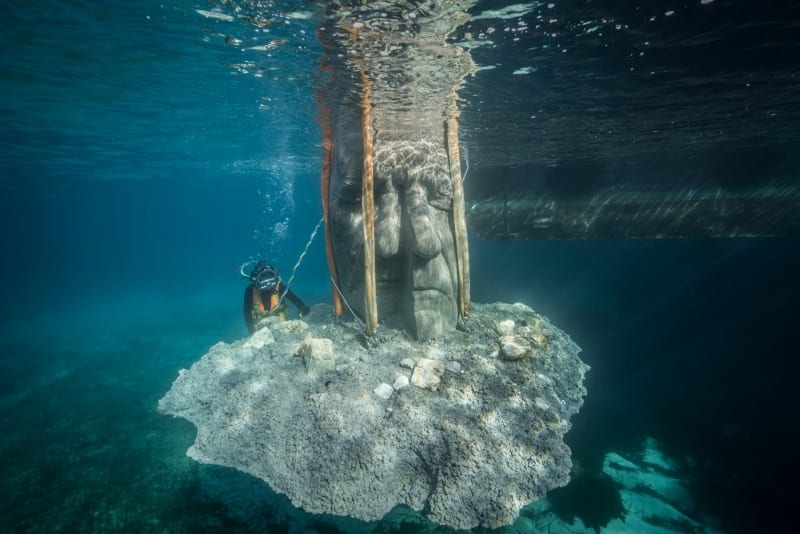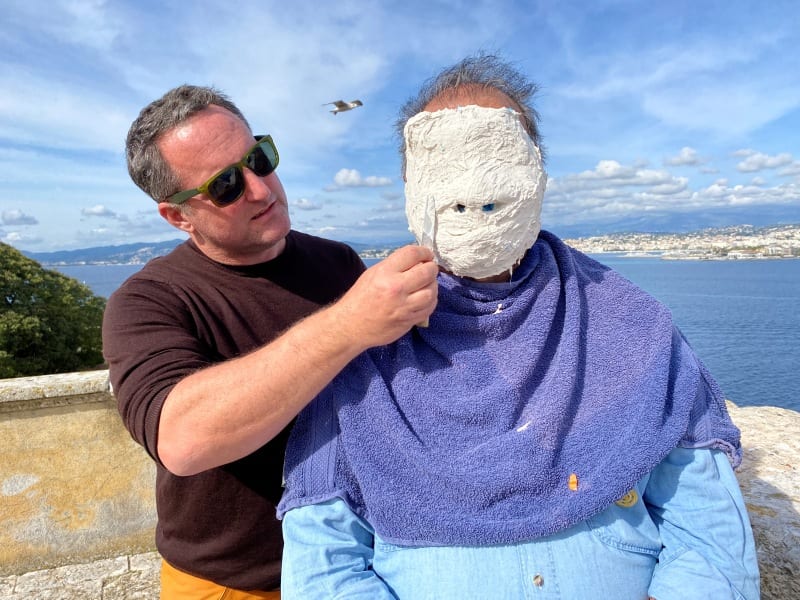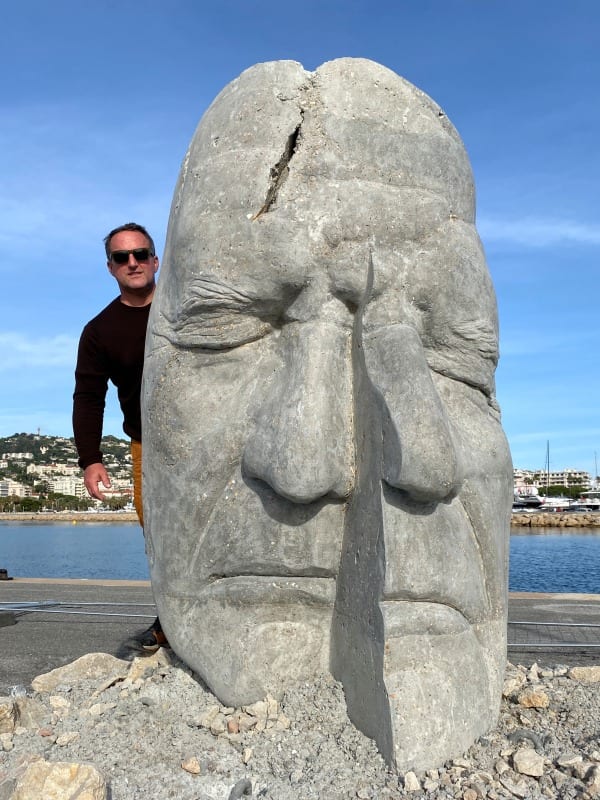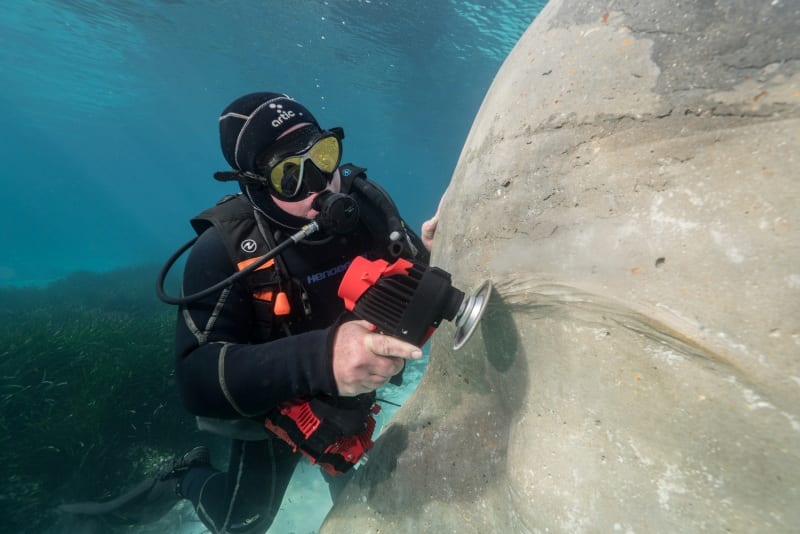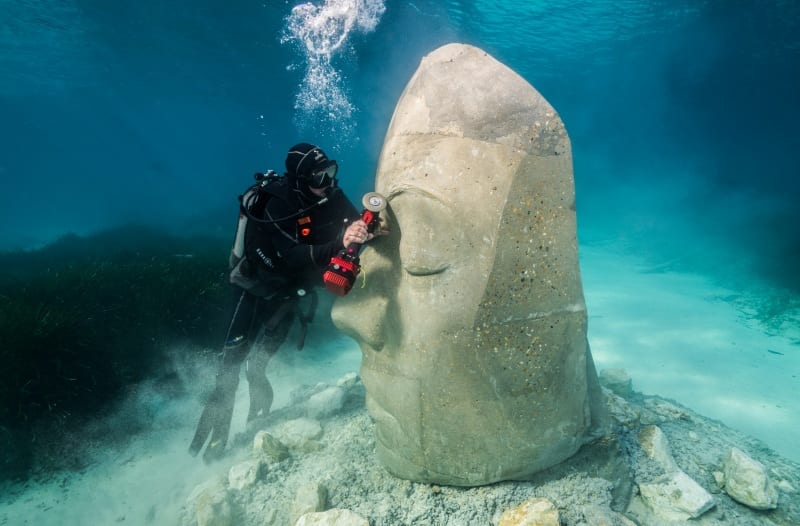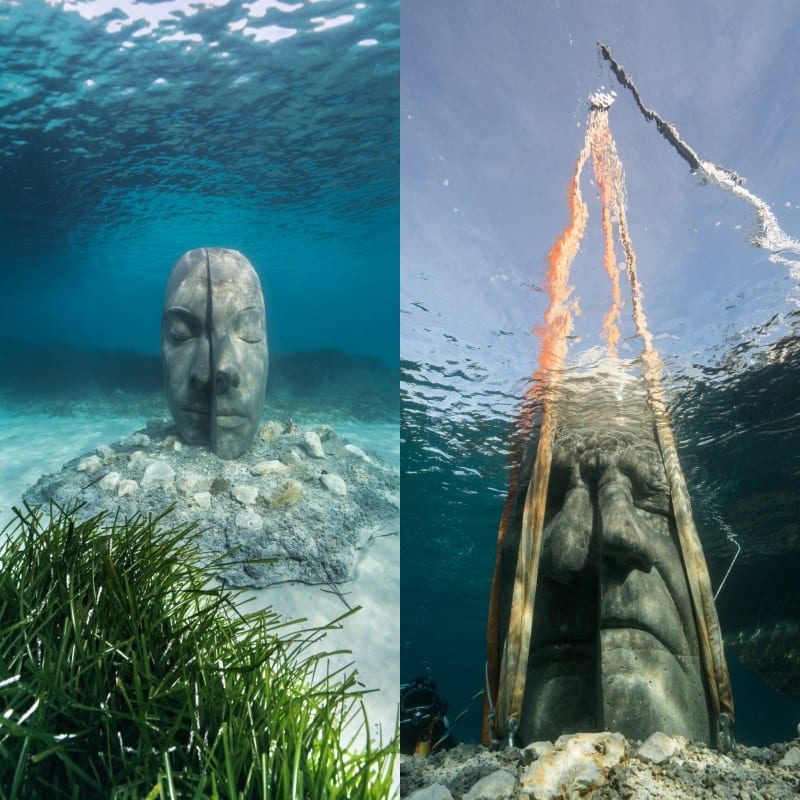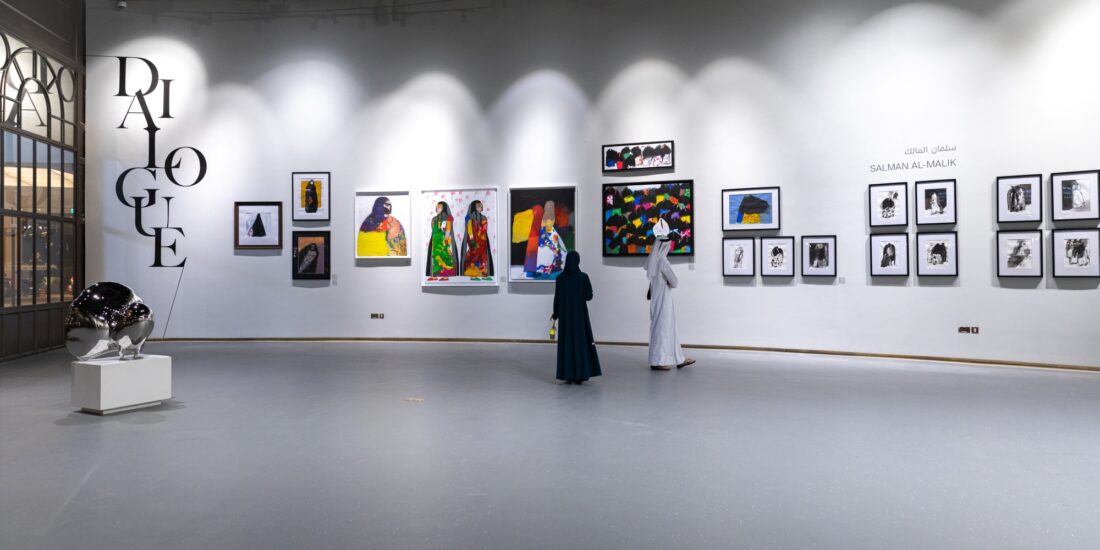The Underwater Museum of Cannes
An underwater museum with a series of six monumental 3D portraits, each over 2 meters in height and 10 tons in weight, sculpted by British sculptor Jason de Caires was installed in Cannes, France, on February 1, 2021.
The Underwater Museum of Cannes is one museum that you can visit during Covid times wearing a scuba mask over your eyes rather than a mask over your mouth. Funded by the Mairie de Cannes and commissioned by the Mayor, David Lisnard, the Underwater Museum project took over four years to develop. The Museum houses sculptor Jason de Caires Taylor’s first installation in the Mediterranean Sea.
Jason deCaires Taylor is a sculptor, environmentalist, and professional underwater photographer, who uses his work as a platform for the natural elements to display themselves. This work features a series of six monumental three-dimensional portraits, each over 2 meters in height and 10 tons in weight. They are sited near the island of Sainte-Marguerite, one of the Lérins Islands, just off the coast of Cannes, France. Placed at a depth of between two and three metres, these artworks rest on areas of white sand, in-between oscillating Posidonia seagrass meadows in the protected southern part of the island. The shallow depth and close proximity to shore make the site easily accessible, and the crystal-clear waters provide ideal conditions for snorkelling.
The six works are based on portraits of local members of the community, covering a range of ages and professions. Maurice – an 80-year-old local fisherman and Anouk, a 9-year-old primary school pupil are local members of the community whose portraits were used. Each face is significantly upscaled and sectioned into two parts, the outer part resembling a mask. The theme of masks connects to the history of Île Saint Marguerite, well known as the location where the Man with the Iron Mask was imprisoned. Cannes, through its famous annual film festival, is well known for its relationship with the performing arts.
A prolific sculptor, Jason became the first of a new generation of artists to shift the concepts of the Land art movement into the realm of the marine environment. He gained international notoriety in 2006 with the creation of the world’s first underwater sculpture park, situated off the west coast of Grenada in the West Indies. Now listed as one of the Top 25 Wonders of the World by National Geographic the park was instrumental in the government declaring the site a National Marine Protected Area.
“My underwater sculpture installations aim to offer viewers mysterious, ephemeral encounters and fleeting glimmers of another world where art develops from the effects of nature on the efforts of man,” says Jason. His site-specific works are designed on a practical level as a form of marine conservation and artificial reef, whilst subject to systems of growth and destruction, the works connect to contemporary debates of kinetics and time-based sculpture, to the impact of site and environment, and to debates centred on self-generative artworks.
“I try to address social and environmental concerns, ushering into the mainstream issues relating to marine ecosystem losses and the current humanitarian crises. Placed within the Anthropocene epoch the works are an attempt to re-contextualize our relationship to the planet with an ultimate aim of changing our understanding of the submerged world and highlighting our inherent fragility within its cycles,” he says.
The works are constructed using pH-neutral materials to instigate natural growth, create new habitats, and attract visitors away from natural fragile marine areas.
The location of the sculptures was previously an area of disused marine infrastructure. Part of the project was a significant clearing of the site, removing marine debris such as old engines and pipelines to create a space for the installation of artworks. The site has now been cordoned off from boats, making it safe for snorkellers and divers, and preventing damage by anchors to the seagrass meadows. Posidonia grass is a vital habitat area and is sometimes referred to as the lungs of the ocean for the vast amount of oxygen it creates. With all his projects, Jason aims to draw attention to the sea as a fragile biosphere in urgent need of protection.
“The split mask is a metaphor for the ocean. One side of the mask depicts strength and resilience, the other fragility and decay. From land, we see the surface, calm and serene, or powerful and majestic. This is the view of the mask of the sea. However. below the surface is a fragile, finely-balanced ecosystem – one which has been continuously degraded and polluted over the years by human activity,” he says.
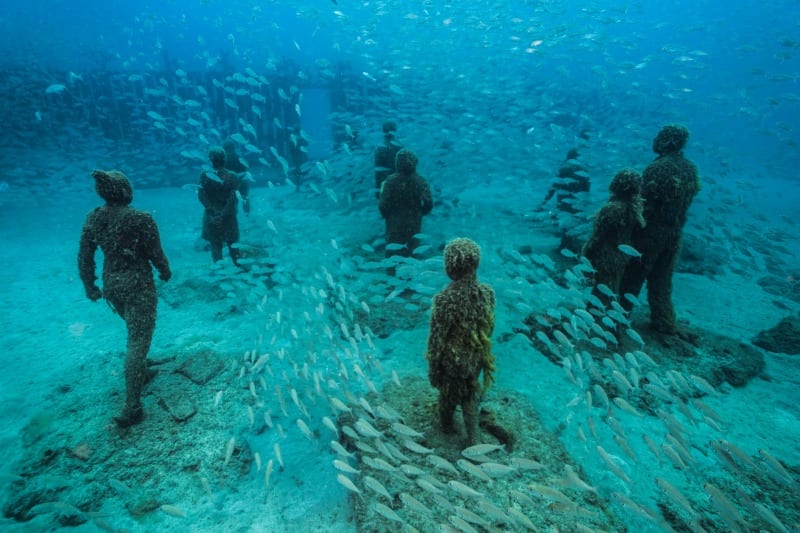
An earlier work of Jason’s in Canary Island has changed with the marine life leaving its mark on the sculptures.
Copyright (C) 2021 Jason deCaires Taylor All rights reserved Jason deCaires Taylor


